A Supplier Selection Guide for Bulk Nicotine Gum Procurement
As the demand for nicotine replacement therapy continues to rise, nicotine gum remains one of the most widely adopted products for both personal use and clinical application. With an increasing number of manufacturers entering the market globally, selecting the right supplier has become a critical business decision. This guide is designed to support procurement professionals and brand owners in navigating the complexities of sourcing nicotine gum in bulk. From manufacturing insights to cost structures and supplier models, it outlines all the key elements necessary for informed purchasing.
Understanding the Nicotine Gum Manufacturing Industry
Nicotine gum production is a highly regulated and technical process. It begins with the preparation of the nicotine base, which is then precisely blended with food-grade ingredients such as gum bases, sweeteners, flavorings, and stabilizers. The mixture undergoes extrusion, cutting, and coating, followed by strict packaging protocols to ensure product integrity.
Manufacturers vary in their methods, particularly in how they handle nicotine purity, formulation consistency, and compliance with regional regulations such as FDA, MHRA, or EU directives. Understanding a supplier’s manufacturing process is vital for ensuring product safety, therapeutic effectiveness, and regulatory readiness in your target markets.
How to Purchase Nicotine Gum in Bulk
Businesses seeking to purchase nicotine gum in volume have several sourcing pathways, including:
-
Direct from manufacturers
-
Through liquid nicotine wholesalers
-
Via third-party trading firms or distributors
While the global market offers various access points, the success of your procurement depends on a thorough evaluation of supplier credentials, such as:
-
Product quality and consistency
-
Certifications (e.g., cGMP, ISO, FDA)
-
Manufacturing capacity and MOQs
-
Logistics capabilities
-
Post-sale support and communication transparency
Brands should also assess whether the supplier offers OEM (Original Equipment Manufacturer) or white label services to match the business’s go-to-market strategy.
Differences in Procurement Channels by Region
Regional procurement methods can significantly influence the sourcing process. Below is a comparative overview of common approaches in two key regions:
China
-
Buyers often source directly from factories or via trusted trading companies
-
Pricing is generally more competitive due to lower production costs
-
Due diligence is essential to verify certifications and regulatory compliance
-
Larger MOQs and longer lead times may apply
United States
-
Buyers typically engage suppliers through official websites, such as Snuff Factory, or via licensed distributors
-
Compliance with FDA and cGMP is usually a given
-
Higher production costs, but shorter lead times and better legal clarity
-
Easier access to samples, customer service, and after-sales support
Choosing the right region depends on your regulatory needs, budget, and timeline. International buyers should also consider currency risks, tariffs, and logistics infrastructure when comparing suppliers.
Cost Composition
Understanding the cost structure of nicotine gum manufacturing is essential for accurate budgeting and pricing. The total cost typically includes:
1. Equipment
-
Machinery for mixing, extruding, cutting, coating, and packaging
-
Amortization of capital investment is often reflected in pricing
2. Raw Materials
-
Nicotine (e.g., polacrilex or bitartrate)
-
Gum base, sweeteners, flavorings, colorants, and coatings
-
Packaging materials such as blister packs, sachets, or bottles
3. Processes
-
Labor and skilled operators
-
Quality control and laboratory testing
-
Compliance-related activities (e.g., documentation, audits)
-
Shipping and warehousing
A transparent supplier should be able to provide itemized quotations or detailed cost estimates to help buyers understand pricing logic and negotiate effectively.
OEM vs. White Label: Choosing the Right Strategy
When engaging with a nicotine gum supplier, businesses must choose between two principal production strategies:
OEM (Original Equipment Manufacturer)
-
Custom formulation based on the buyer’s requirements
-
Exclusive flavor profiles, nicotine strengths, and packaging
-
Suitable for established brands or companies with in-house regulatory expertise
-
Higher costs and longer development timelines
White Label
-
Pre-formulated products ready for branding and packaging
-
Shorter lead times and lower MOQs
-
Ideal for new market entrants or budget-conscious projects
-
Limited customization and proprietary rights
Recommendation: If speed to market is a priority, white label is the optimal path. If product differentiation and IP control are essential to your business model, OEM is the better long-term investment.
Submitting an Order, Sampling, and Establishing Cooperation
The purchasing process typically involves several key steps:
-
Initial Contact
-
Reach out directly to the manufacturer through their website or sales team
-
Example: Request a sample from Snuff Factory
-
-
Sampling
-
Evaluate product performance (taste, texture, nicotine release)
-
Review packaging, documentation, and regulatory support
-
-
Quotation & Negotiation
-
Confirm unit pricing, MOQs, lead times, and logistics options
-
Review payment terms and return policies
-
-
Contracting
-
Sign NDAs, supplier agreements, and IP clauses if applicable
-
Define quality benchmarks and dispute resolution terms
-
-
Bulk Order & Fulfillment
-
Submit formal purchase order
-
Monitor production, conduct pre-shipment inspections
-
Arrange shipping (EXW, FOB, or DDP terms)
-
-
After-Sales Support
-
Review product performance
-
Maintain communication for reorders or product updates
-
A streamlined cooperation process reduces risk and helps build a long-term partnership rooted in transparency and performance.
Conclusion
Sourcing nicotine gum in bulk is a strategic process that demands diligence, industry knowledge, and careful supplier selection. By understanding the nuances of regional procurement, cost breakdowns, and manufacturing models like OEM or white label, buyers can make decisions aligned with their brand vision and operational needs.
For companies seeking a reliable manufacturing partner, suppliers like Snuff Factory offer robust capabilities, regulatory compliance, and flexible production options to support businesses of all sizes.Explore product options or request samples at
https://nicotinemanufacture.com/products/
or initiate a business inquiry at
https://nicotinemanufacture.com/contact/



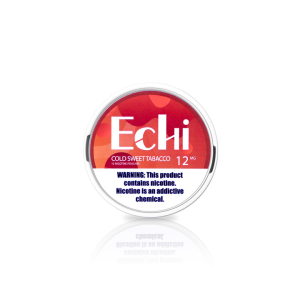
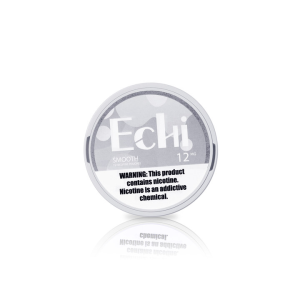
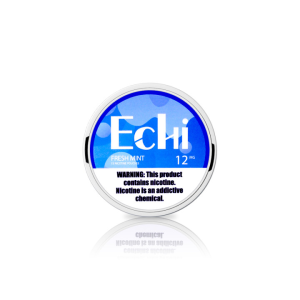
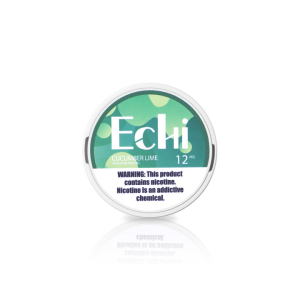
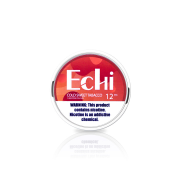

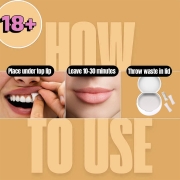
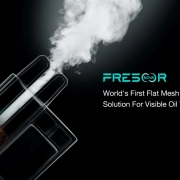

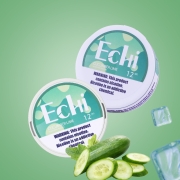
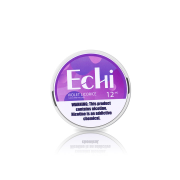



Leave a Reply
Want to join the discussion?Feel free to contribute!